Home>Gardening & Outdoor>Landscaping Ideas>How To Preserve Bunny Tail Grass
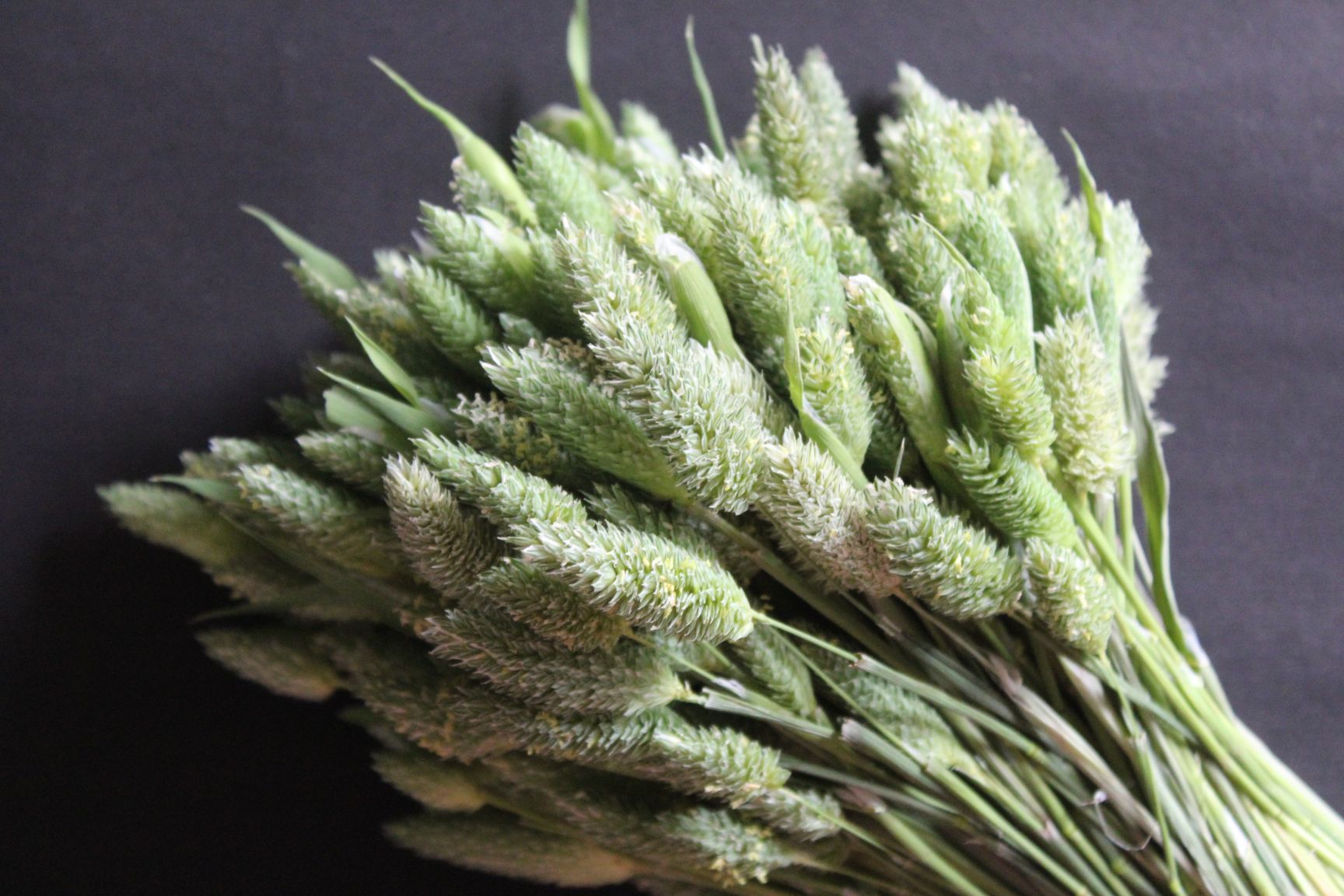

Landscaping Ideas
How To Preserve Bunny Tail Grass
Published: January 30, 2024
Learn how to preserve bunny tail grass in your landscaping with our expert tips and ideas. Enhance the beauty of your outdoor space with this unique and charming plant.
(Many of the links in this article redirect to a specific reviewed product. Your purchase of these products through affiliate links helps to generate commission for Storables.com, at no extra cost. Learn more)
Introduction
Bunny tail grass, with its fluffy and whimsical appearance, has become a popular choice for adding a touch of charm to landscapes and floral arrangements. This ornamental grass, scientifically known as Lagurus ovatus, is native to the Mediterranean region and has captured the hearts of gardening enthusiasts around the world. Its soft, cotton-like blooms in shades of white and pale pink make it a delightful addition to any garden or floral display.
In this comprehensive guide, we will delve into the art of preserving bunny tail grass to maintain its natural beauty for an extended period. Whether you have cultivated your own bunny tail grass or acquired it from a florist, knowing how to properly preserve it will allow you to enjoy its enchanting allure for months to come.
Join us as we explore the intricacies of selecting the right bunny tail grass, mastering the art of harvesting and drying, and finally, the best methods for storing this delicate botanical treasure. With the right techniques and a dash of creativity, you can incorporate bunny tail grass into various decorative projects, from stunning floral arrangements to captivating home decor accents.
So, let's embark on this journey to unlock the secrets of preserving bunny tail grass, allowing its ethereal beauty to grace our surroundings and inspire admiration for nature's exquisite creations.
Key Takeaways:
- Choose fresh, vibrant bunny tail grass with plush texture and sturdy stems for successful preservation. Avoid pests and disease to ensure long-lasting beauty in decorative projects.
- Harvest bunny tail grass in late summer or early autumn, handle with care, and dry in a well-ventilated area for fluffy, vibrant blooms. Store in airtight containers away from moisture and sunlight for lasting charm.
Read more: How To Dye Bunny Tail Grass
Choosing the Right Bunny Tail Grass
When it comes to preserving bunny tail grass, selecting the right specimens is crucial for achieving optimal results. Whether you are harvesting from your own garden or choosing from a selection at a florist or nursery, there are several key factors to consider in order to ensure the highest quality and longevity of your bunny tail grass.
Consider the Freshness
When selecting bunny tail grass for preservation, it is essential to choose specimens that are at the peak of their freshness. Look for plump, fluffy blooms with vibrant colors, as these indicate that the grass is in prime condition. Avoid any specimens that appear wilted, discolored, or damaged, as these may not retain their beauty after the preservation process.
Assess the Color and Texture
The allure of bunny tail grass lies in its soft, fluffy texture and delicate hues. When choosing specimens for preservation, pay close attention to the color and texture of the blooms. Opt for grass with a uniform and consistent coloration, free from blemishes or discoloration. The texture should be plush and velvety to the touch, indicating that the blooms are at their peak fluffiness.
Examine the Stem Length
The length of the stems plays a significant role in the visual impact of preserved bunny tail grass. Whether you intend to use the grass in floral arrangements, wreaths, or decorative displays, selecting stems of appropriate length is essential. Choose bunny tail grass with sturdy, straight stems of the desired length, ensuring that they will fit seamlessly into your chosen projects without the need for excessive trimming.
Read more: How To Preserve Lemongrass
Verify the Absence of Pests or Disease
Before harvesting or purchasing bunny tail grass for preservation, carefully inspect the blooms and stems for any signs of pests or disease. Look for indications of insect infestations, mold, or other abnormalities that may compromise the quality of the grass. By ensuring that your specimens are free from pests and disease, you can preserve bunny tail grass with confidence, knowing that it will maintain its beauty over time.
By carefully considering these factors when choosing bunny tail grass for preservation, you can set the stage for successful and visually stunning results. With a discerning eye and attention to detail, you can select the finest specimens of bunny tail grass, ready to be transformed into captivating decorative accents that will enchant and inspire.
Harvesting Bunny Tail Grass
Harvesting bunny tail grass is a pivotal step in the preservation process, as it sets the foundation for capturing the delicate beauty of this ornamental grass at its peak. Whether you are gathering bunny tail grass from your own garden or sourcing it from a local supplier, the manner in which you harvest the grass can significantly impact its visual appeal and longevity.
The ideal time to harvest bunny tail grass is when the blooms have reached their full plumpness and the colors are at their most vibrant. This typically occurs in late summer or early autumn, depending on the specific growing conditions in your region. When selecting stems for harvesting, opt for those with the fullest and fluffiest blooms, as these will yield the most visually striking results once preserved.
Using sharp, clean gardening shears, carefully snip the stems of the bunny tail grass at the desired length, ensuring that each cut is clean and precise. It is advisable to harvest the grass in the morning or late afternoon when the weather is relatively cool, as this helps to minimize moisture loss and preserve the freshness of the blooms.
As you gather the bunny tail grass, handle the stems with care to prevent crushing or damaging the delicate blooms. It is important to avoid overcrowding the harvested stems, as this can lead to compression and deformation of the fluffy blooms. Instead, arrange the stems loosely in bundles, allowing for adequate air circulation to maintain their pristine appearance.
Whether you plan to preserve the bunny tail grass immediately or intend to begin the preservation process at a later time, it is essential to handle the harvested stems gently and store them in a cool, dry location away from direct sunlight. By taking these precautions during the harvesting phase, you can ensure that the bunny tail grass retains its enchanting allure and is primed for successful preservation.
With the bunny tail grass expertly harvested and ready for the next phase of the preservation journey, you are poised to embark on the artful process of drying this captivating botanical treasure. By approaching the harvesting stage with precision and care, you have set the stage for preserving the natural beauty of bunny tail grass, allowing it to grace your decorative projects with timeless elegance.
Drying Bunny Tail Grass
Once the bunny tail grass has been carefully harvested, the next crucial step in the preservation process is drying. Drying bunny tail grass is a delicate art that requires patience and attention to detail to ensure that the grass retains its fluffy texture and vibrant coloration. By following the proper techniques, you can successfully dry bunny tail grass, allowing it to maintain its enchanting allure for an extended period.
The first consideration when drying bunny tail grass is the preservation of its delicate blooms. To begin the drying process, gather the harvested stems into small, manageable bundles, ensuring that they are not overcrowded. Secure the bundles with twine or rubber bands, allowing for adequate air circulation around each stem. This arrangement facilitates the even drying of the grass and prevents the blooms from becoming flattened or misshapen during the drying period.
Next, choose a suitable location for drying the bunny tail grass. Opt for a well-ventilated area with low humidity, as excessive moisture in the air can impede the drying process and potentially lead to mold or mildew formation on the grass. Hanging the bundled stems upside down in a cool, dry location, away from direct sunlight, is an effective method for drying bunny tail grass. This position allows for optimal air circulation around the blooms, promoting thorough and uniform drying.
As the bunny tail grass dries, it is essential to monitor the progress regularly. Depending on the environmental conditions and the thickness of the stems, the drying process may take several weeks to complete. During this time, inspect the grass periodically to ensure that it is drying evenly and that no signs of mold or decay are present. Gently fluff the blooms and rearrange the stems as needed to facilitate uniform drying and prevent any potential flattening of the blooms.
Once the bunny tail grass has dried completely, carefully untie the bundles and assess the texture and color of the blooms. The grass should feel dry to the touch, and the blooms should retain their soft, fluffy appearance. If any stems appear to be insufficiently dried, they can be returned to the drying area for further processing.
With the bunny tail grass expertly dried and ready for the final phase of the preservation process, you have successfully preserved the delicate beauty of this ornamental grass. The dried bunny tail grass is now poised to become a captivating addition to an array of decorative projects, from charming floral arrangements to enchanting home decor accents. By mastering the art of drying bunny tail grass, you have unlocked the potential to infuse your surroundings with the timeless elegance of this exquisite botanical treasure.
Storing Bunny Tail Grass
Once the bunny tail grass has been expertly harvested and dried, the final step in the preservation process is storing it properly to maintain its delicate beauty for an extended period. Proper storage is essential for ensuring that the preserved bunny tail grass retains its fluffy texture and vibrant coloration, allowing it to be utilized in various decorative projects with lasting elegance.
When it comes to storing bunny tail grass, the key consideration is to protect it from environmental factors that could compromise its visual appeal. To begin, carefully transfer the dried bunny tail grass to airtight containers or resealable plastic bags, ensuring that the stems are not overcrowded or compressed. This safeguard prevents exposure to moisture, dust, or pests, preserving the pristine condition of the grass.
Select a storage location that is cool, dry, and away from direct sunlight, as these conditions help to maintain the quality of the preserved bunny tail grass. Whether you opt for a cupboard, pantry, or closet, the chosen storage area should offer consistent temperature and humidity levels, safeguarding the grass from potential deterioration.
Label the storage containers or bags with the date of preservation to keep track of the freshness of the bunny tail grass. This simple yet effective practice allows you to monitor the duration of storage and ensures that the preserved grass is utilized within an optimal timeframe for the best visual impact.
Regularly inspect the stored bunny tail grass to ensure that it remains in pristine condition. Check for any signs of moisture, mold, or pest infestation, and promptly address any issues to preserve the quality of the grass. Gently fluff the blooms and rearrange the stems as needed to prevent any potential flattening, maintaining the graceful appearance of the preserved grass.
By following these storage guidelines, you can safeguard the delicate allure of bunny tail grass, allowing it to grace your decorative projects with enduring charm. Whether incorporated into captivating floral arrangements, wreaths, or other creative endeavors, the properly stored bunny tail grass serves as a timeless botanical treasure, infusing your surroundings with natural elegance and whimsical beauty.
Frequently Asked Questions about How To Preserve Bunny Tail Grass
Was this page helpful?
At Storables.com, we guarantee accurate and reliable information. Our content, validated by Expert Board Contributors, is crafted following stringent Editorial Policies. We're committed to providing you with well-researched, expert-backed insights for all your informational needs.
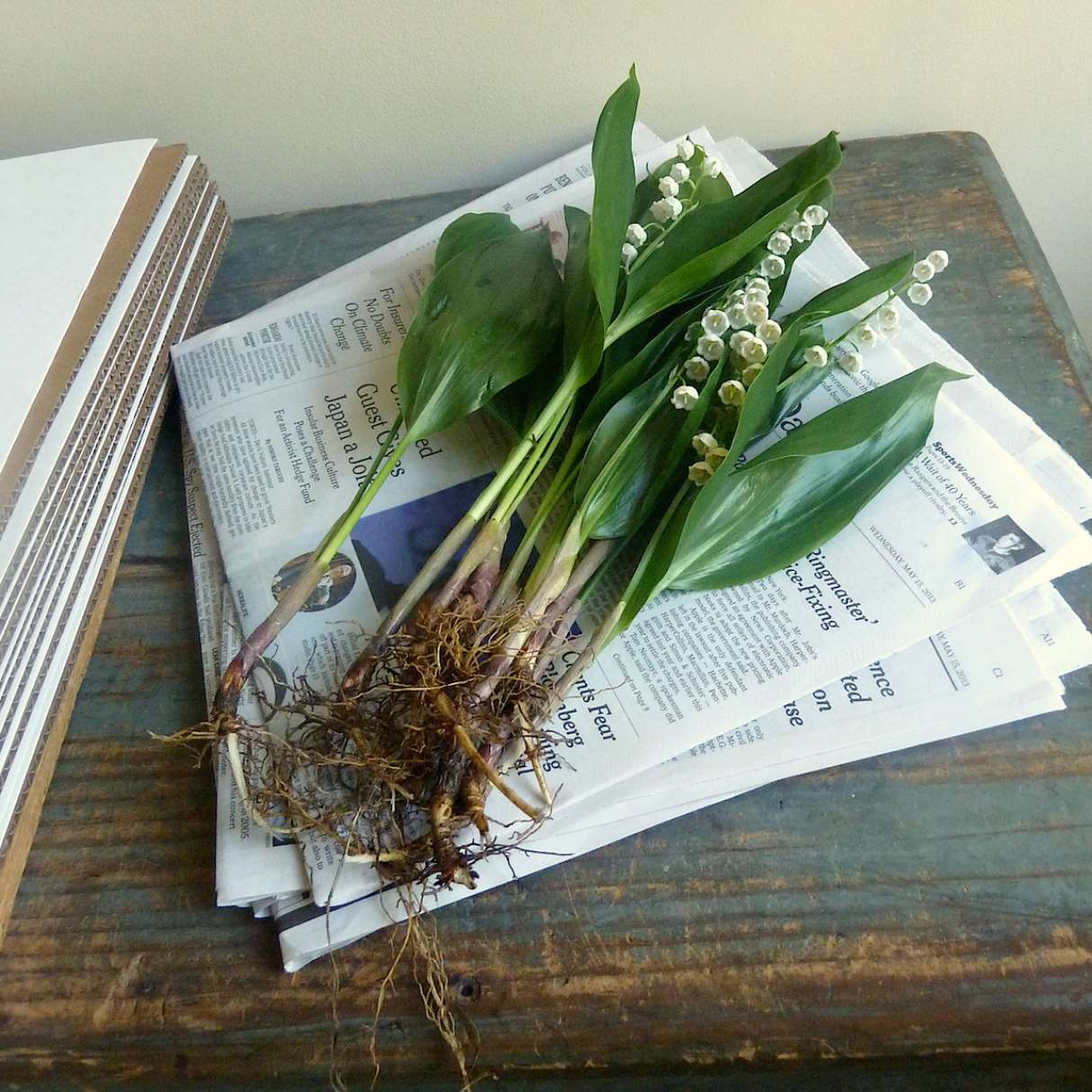
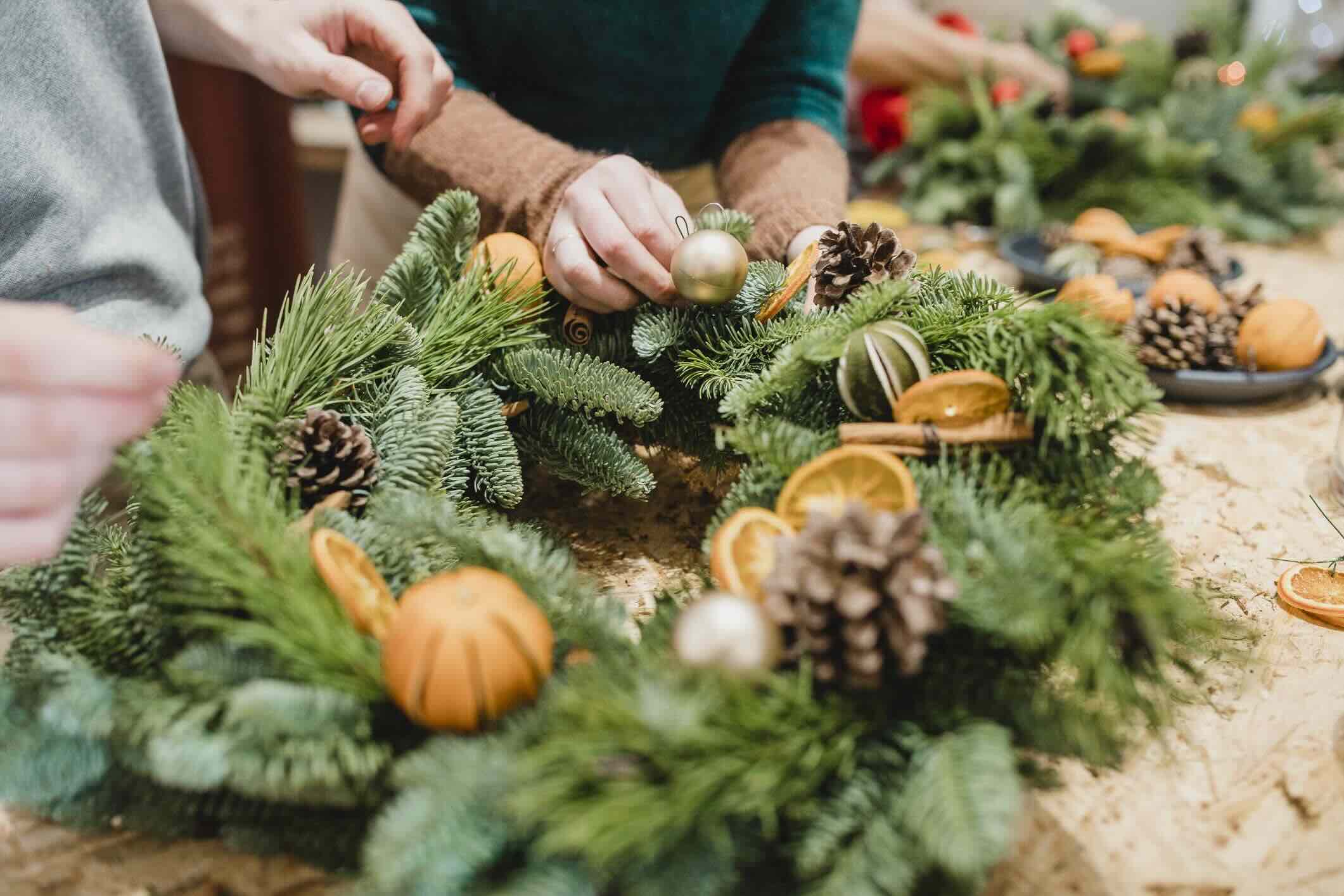
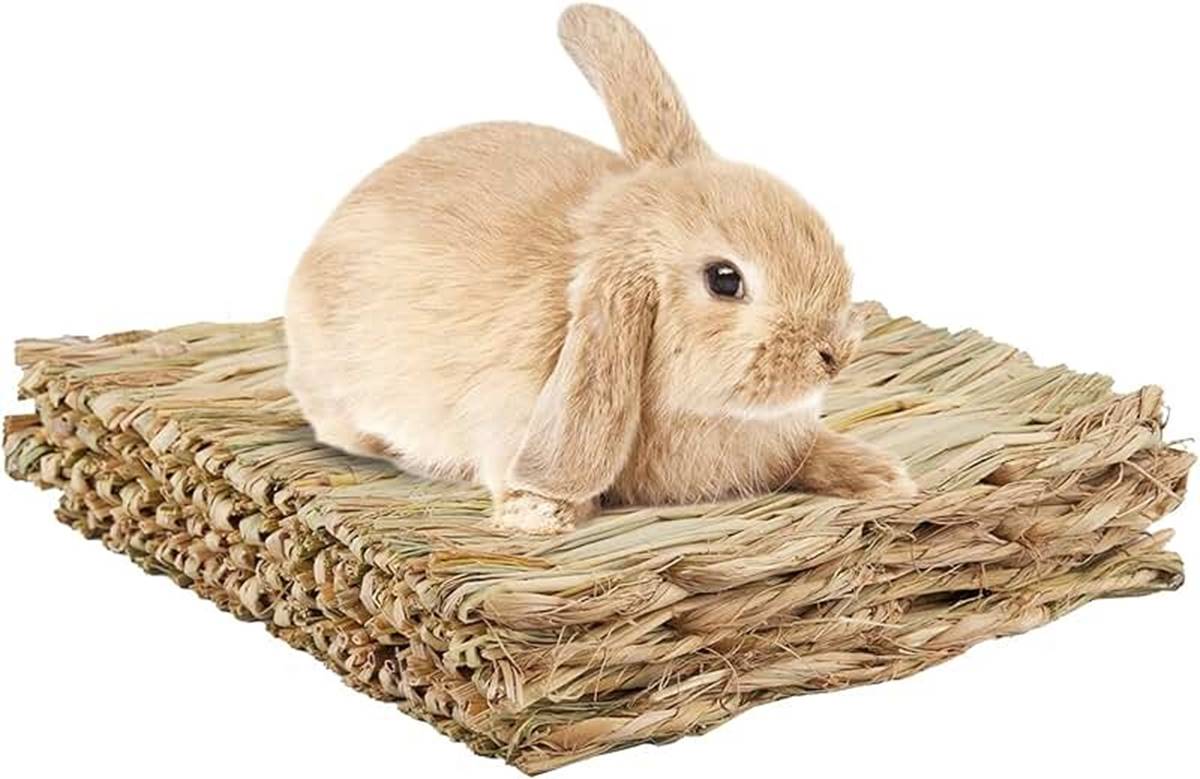
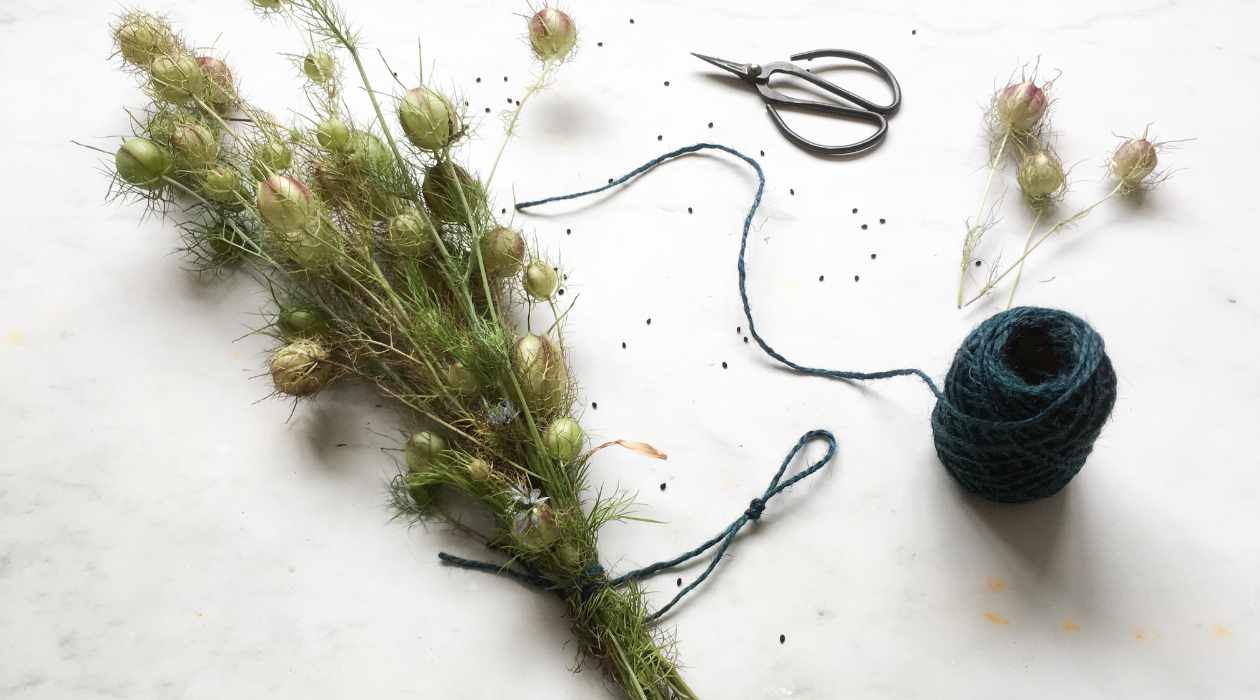
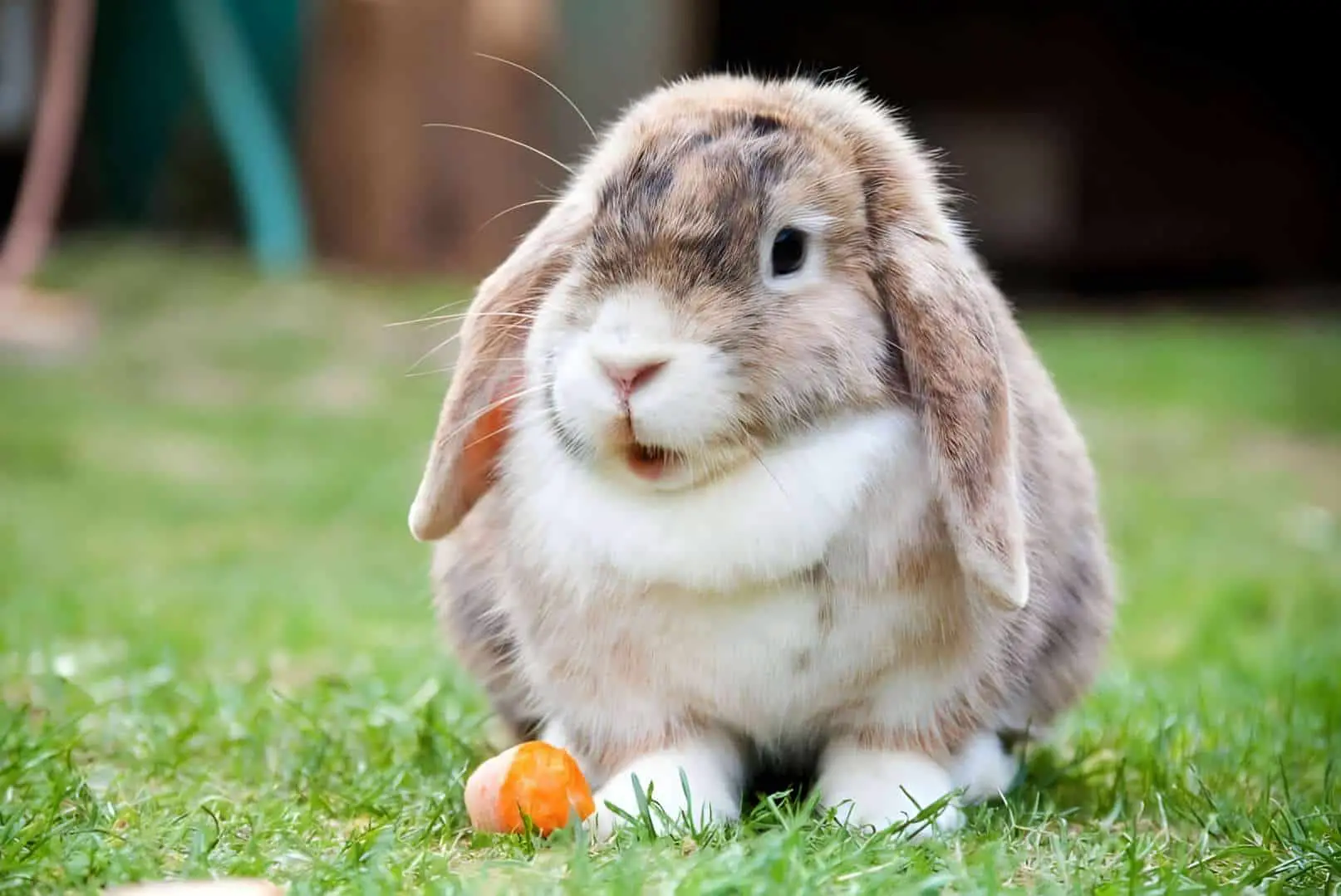
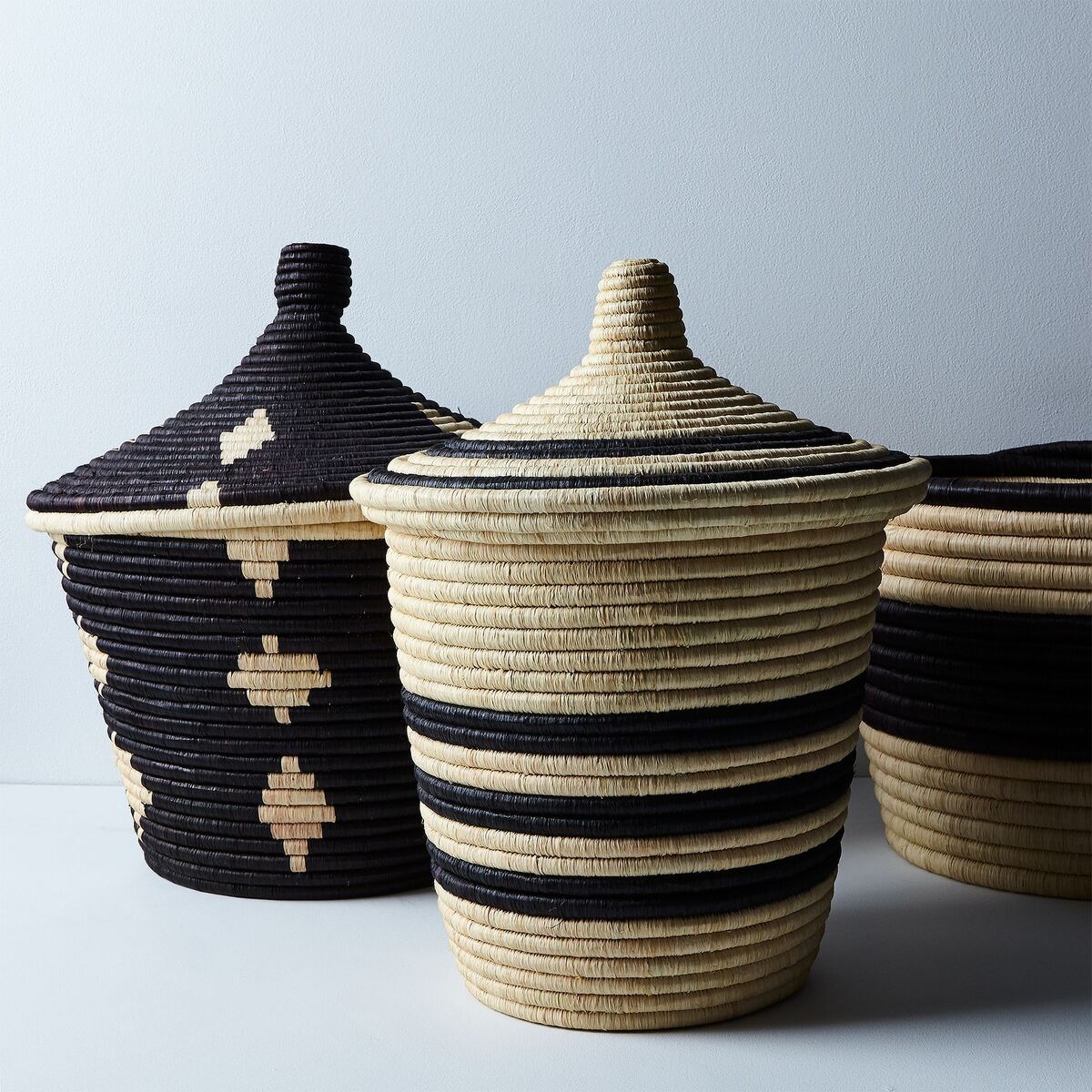
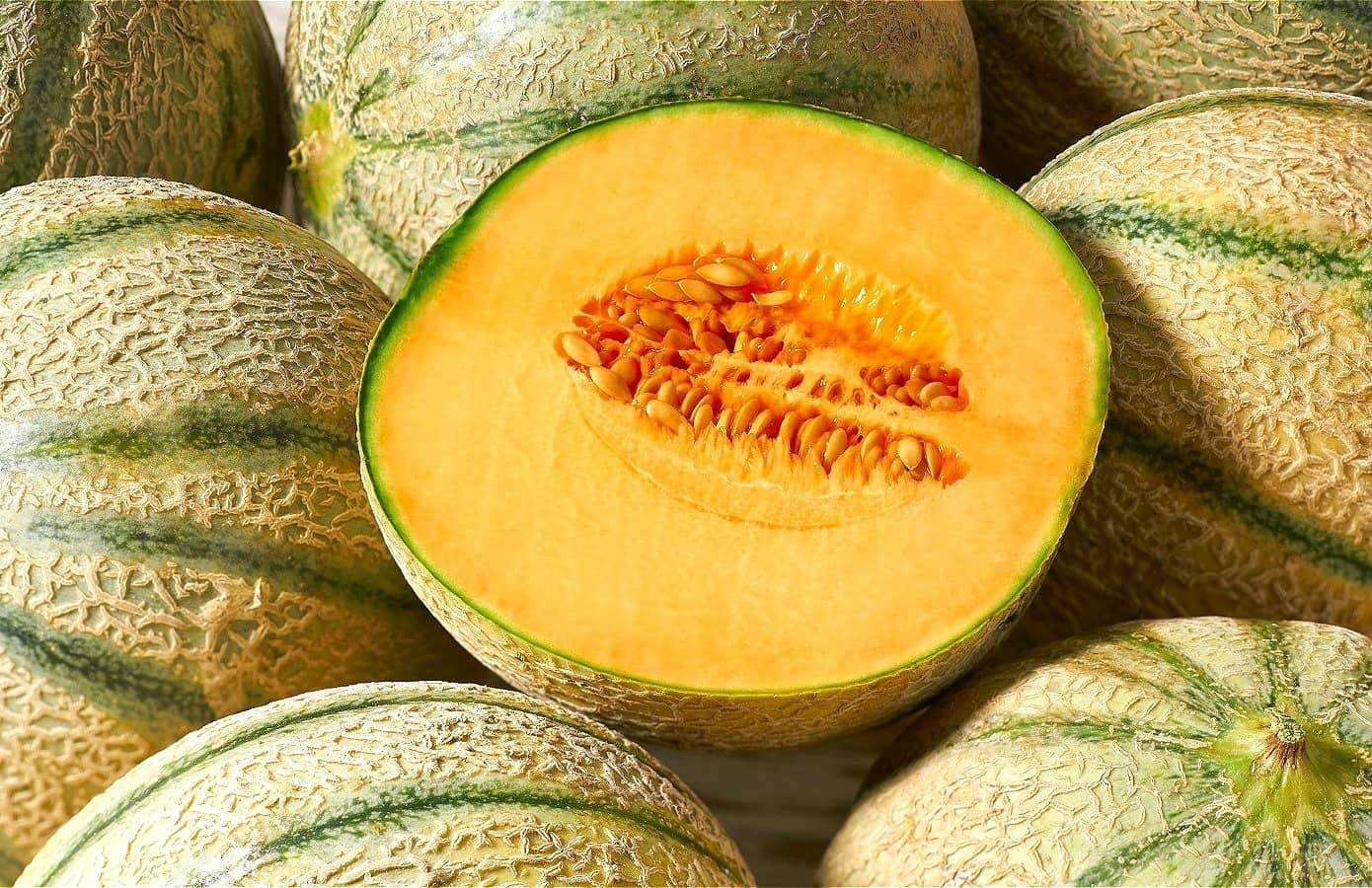
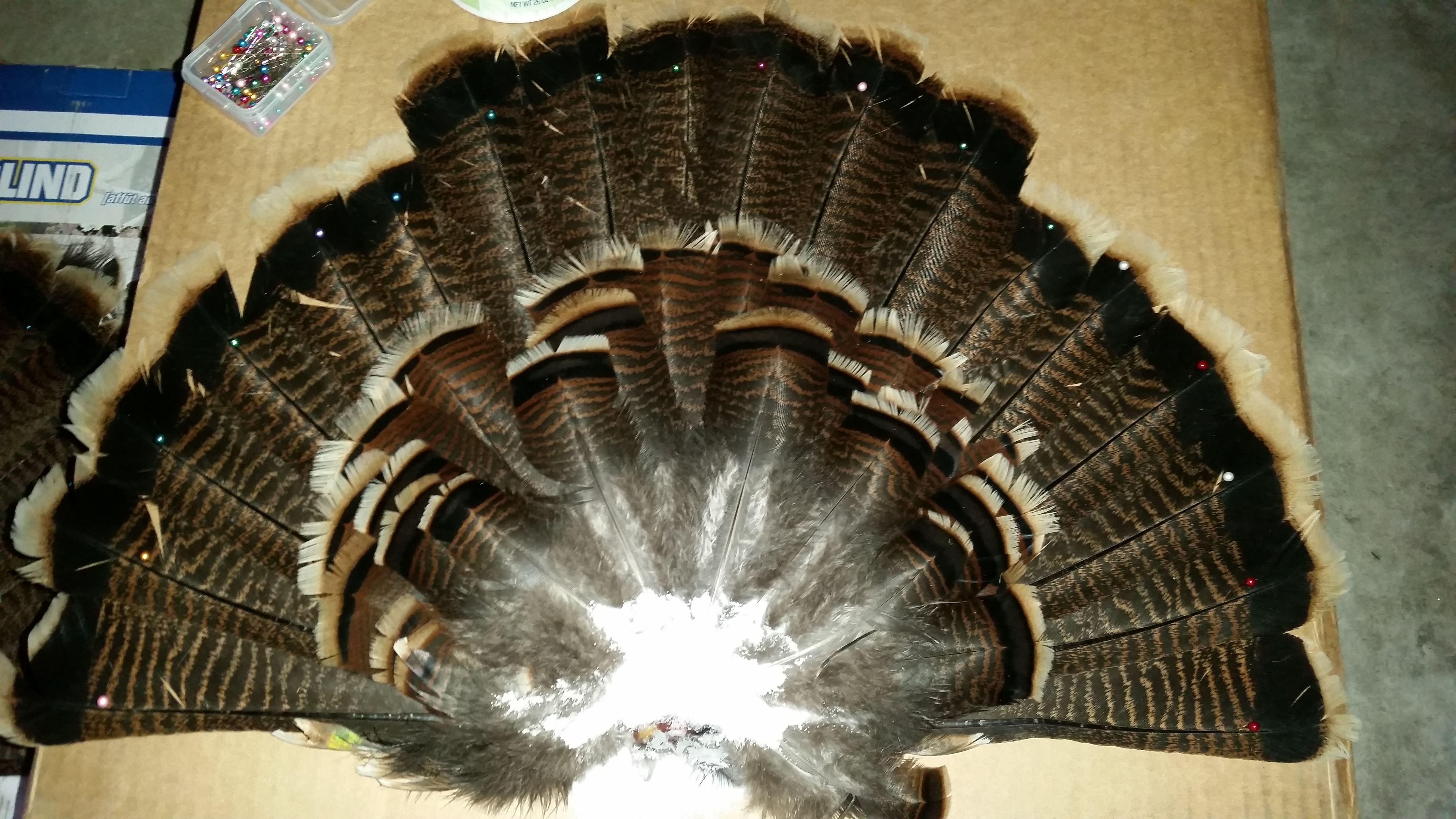
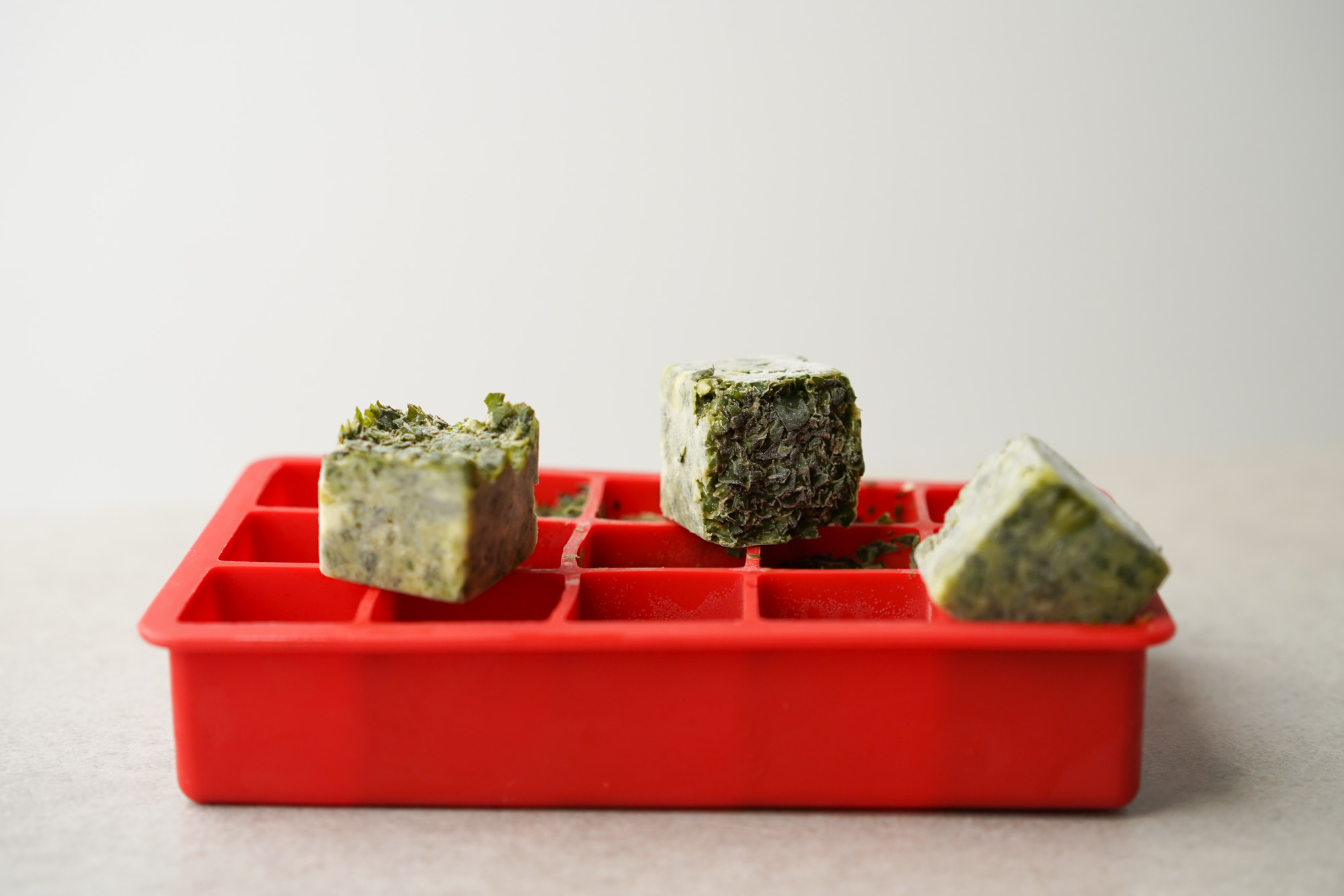
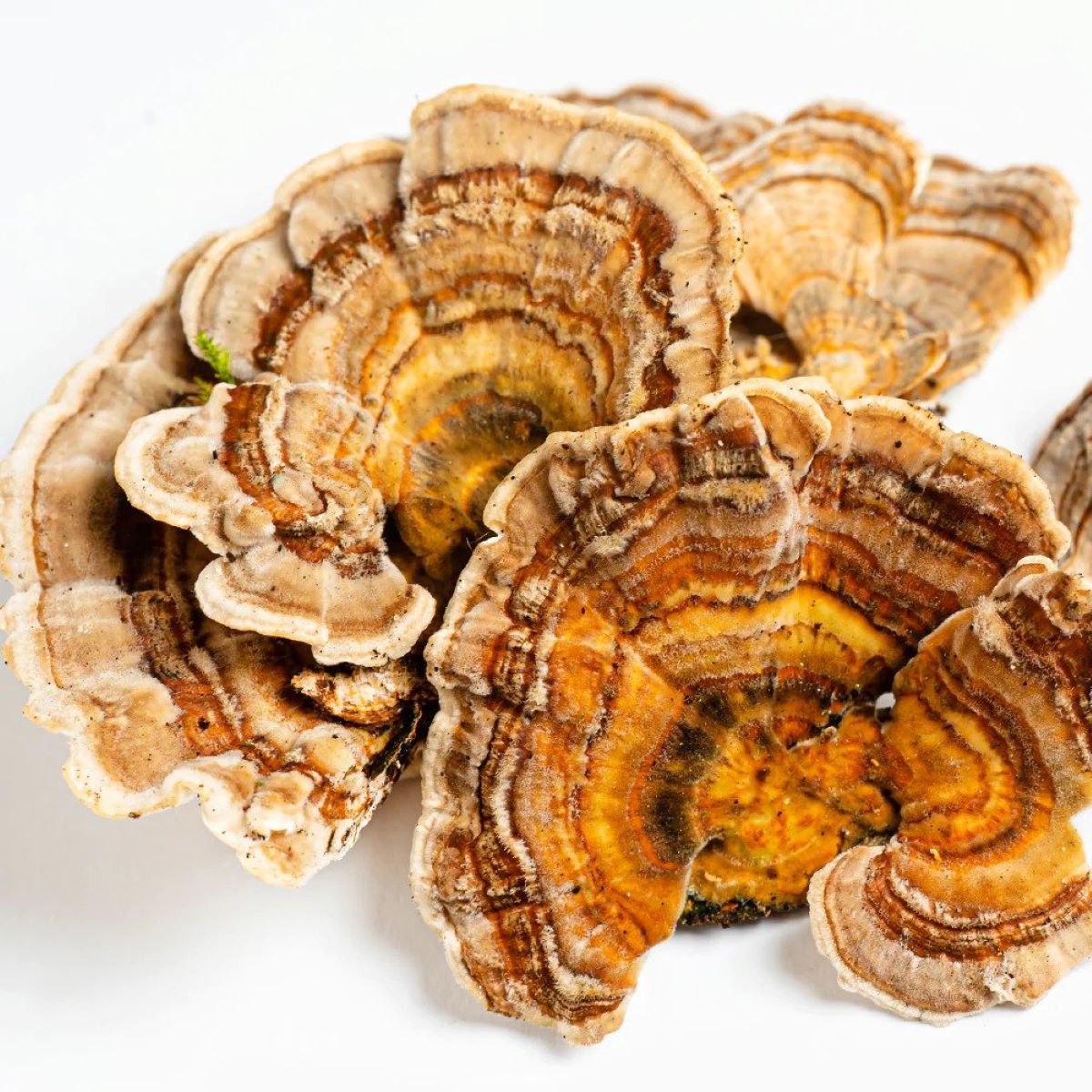
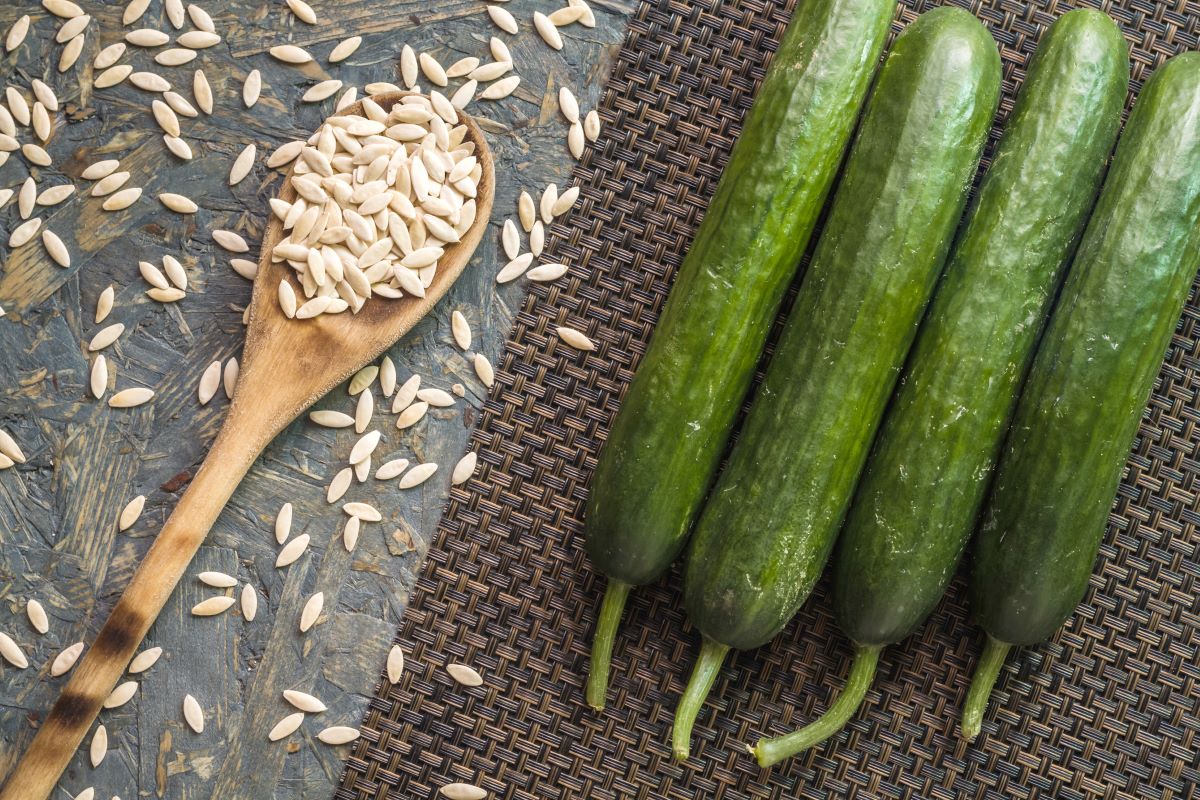
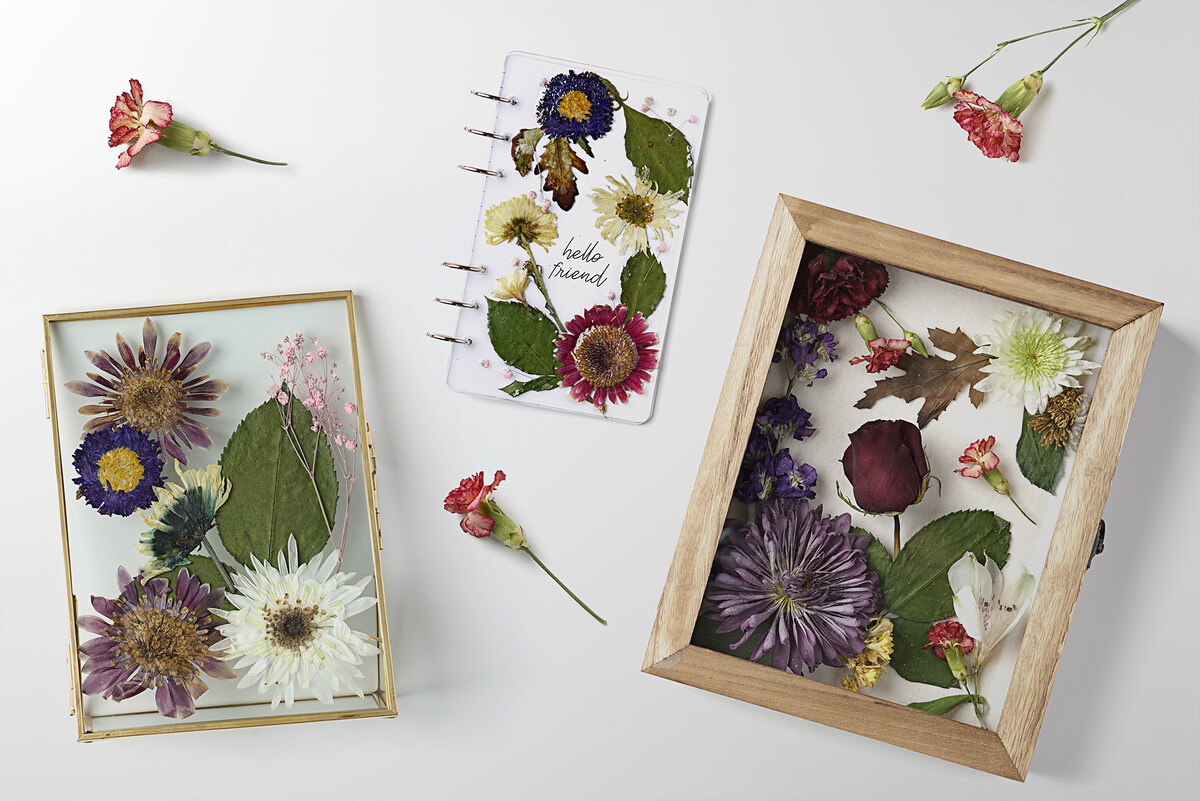
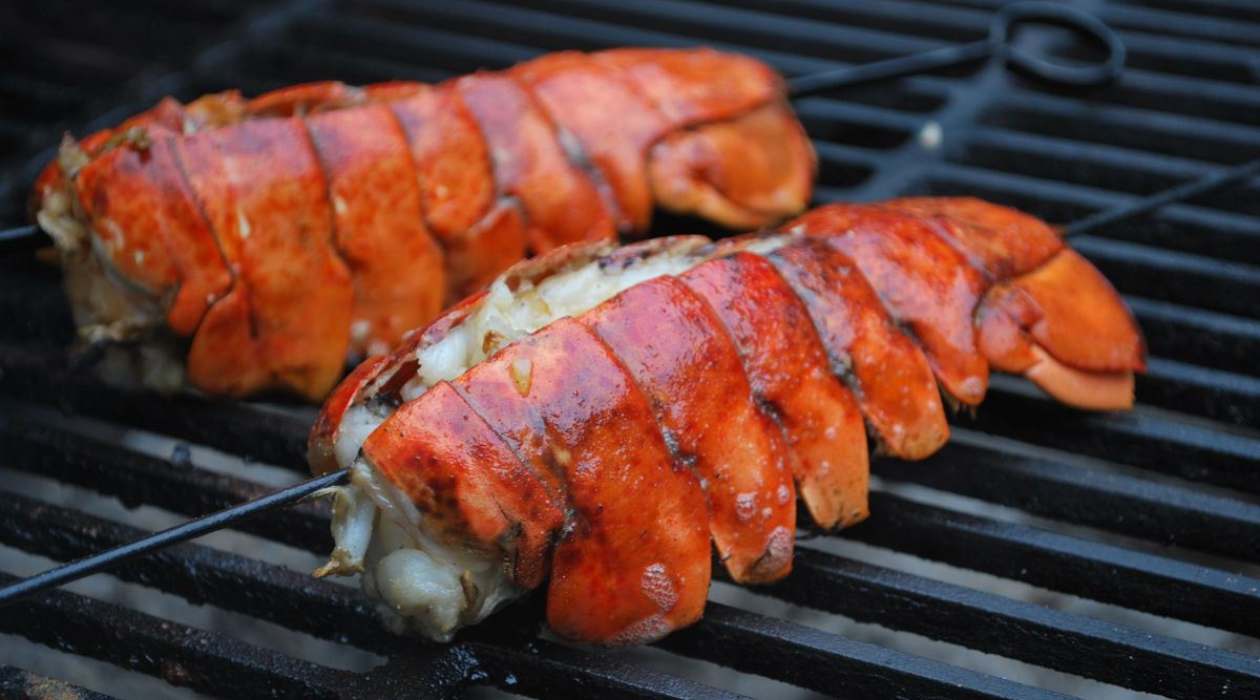


0 thoughts on “How To Preserve Bunny Tail Grass”